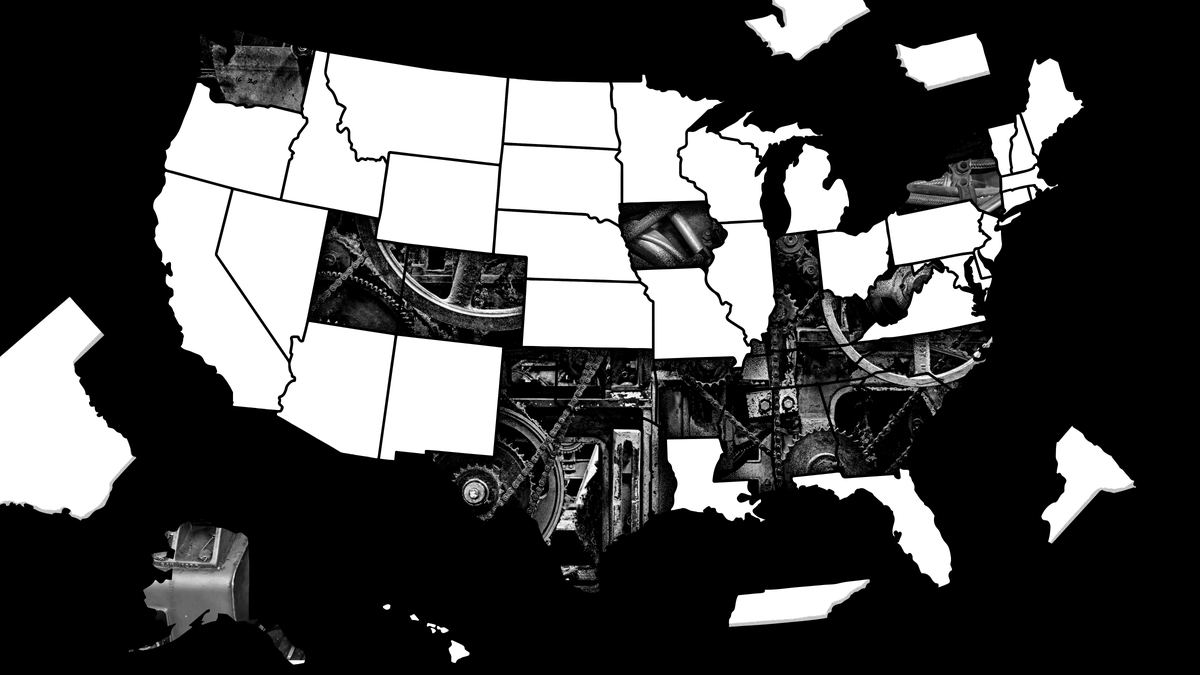10 Things You Should Almost Always Buy Used
Most of us have been trained, over our lives, to generally prefer new things over the old and the busted. And in many cases, buying new makes sense. New things sometimes last longer, have modern features, and often come...

Most of us have been trained, over our lives, to generally prefer new things over the old and the busted. And in many cases, buying new makes sense. New things sometimes last longer, have modern features, and often come with warranties or service plans that make keeping them in good shape easier. Plus, they don’t have anyone else’s greasy fingerprints all over them.
But as budgets shrink and inflation rises—and as we all become more aware of the costs of living a disposable lifestyle—some of that used stuff starts to look better and better. The good news is there are actually a lot of things you not only can buy used but probably should buy used. With these particular items, you can save money and make smarter decisions without sacrificing much, if anything, in terms of use or aesthetics. Here are the things you should almost always buy used, even if you can afford to buy new.
Houses
This one shouldn’t be a surprise—the huge majority of home sales in this country are for existing homes. Buying an existing home as opposed to having one built or buying a newly constructed one usually doesn’t cost you much in terms of features as long as you look for a home that’s been maintained and updated well. Existing homes are also proof of concept, as they’ve been around for a while without any major failures or problems, or have had those failures and problems fixed by previous owners. Bottom line: An existing home will almost always be more affordable, often with almost no trade-off in terms of quality or usability.
Clothes
Unless being on the cutting edge of fashion and trends is important to you, buying new clothes doesn’t get you much in terms of added value. High-quality clothing that’s been properly cared for can last for decades, and can be purchased at a steep discount. And a robust high-end-fashion secondhand market has sprung up in recent years—head over to places like Poshmark or thredUP to stay on trend without shelling out for a meaningless sense of “newness.” For more basic, everyday items, consignment stores and thrift stores abound.
Jewelry
While jewelry can break down and need repair, generally speaking it’s among some of the most durable luxury items you can buy. This means that no matter how old or well-loved a ring, necklace, or bracelet might be, it’s going to be in pretty much the same condition as it was when it was first sold. And if it’s not, a good jeweler will be able to refurbish it to near-perfect condition at a fraction of the cost of buying it new. Additionally, jewelry depreciates dramatically—and almost instantly—because of criminally high mark-ups at the store.
Books
Print books continue to sell despite the inroads of digital media, and thank goodness. But as much as you might love cracking open a new book, the newness isn’t really necessary. Buying your books used drops the price dramatically without any degradation of the reading experience.
Weights
While some folks might advise you to buy all exercise equipment used—because a) people buy these machines and never use them, making the used models in like-new condition and b) these machines are built to take a lot of punishment, and therefore last a long time—buying stuff like treadmills or elliptical machines used can be risky. Unlike cars, there’s no robust infrastructure for exercise equipment repair, and you might not want something that has absorbed months or years of someone else’s sweat.
But free weights is a whole other category. Quality weights are going to be as, well, heavy as the day they were bought no matter how long someone else used them, and they’re easy to sanitize. If you can save some money buying your weights used, there’s literally no reason not to.
Furniture
High-quality wood and metal furniture is expensive, but it can last for decades unless abused. Upholstered furniture like couches or chairs might be suspect because you never know what’s lurking inside, but furniture that doesn’t involve fabric is going to be just as useful and attractive used as it was new, as long as it was properly cared for in the first place.
Hand tools
Quality hand tools like hammers, pliers, or screwdrivers can last for decades and remain just as effective as the day they were made. While buying power tools used comes with a degree of hidden risk because it’s difficult to know whether the motor, power supply, or other moving parts are going to crap out on you, a hammer is a pretty solid and easy-to-inspect object. If you need to bulk up your toolbox, you don’t have to buy everything brand-new—buying tools used is an easy way to save a few pennies without taking on any serious risk.
Cars
It’s a simple fact: Buying a new car is a fool’s game. Yes, new cars come with all the latest technology and features, plus bragging rights. But a relatively recent used car that’s been maintained well is always a better buy in terms of depreciation, and these days most used cars—especially ones offered as certified pre-owned through dealers—are as reliable as new models. Chances are you’ll own the used car just as long as a new one, and get the same level of service from it.
CDs/DVDs
If you’re still clinging to legacy media and resisting the world of invisible streams and cloud storage, you know better than anyone that CDs and DVDs are durable storage formats. In fact, most optical discs will last several decades without any problem as long as they’re stored properly and handled carefully. Buying them used saves a huge amount of money, and a visual inspection for scratches is probably all you need to do to ensure you get your money’s worth.
Dishes
It might seem weird to eat off of someone else’s plates, but that’s exactly what we do at restaurants all the time. Dishes and place settings are easy to sanitize, and if they’re in good shape, used ones perform exactly the same as new. There also aren’t any real concerns with trends or fashion here—plates, cups, forks, and spoons haven’t changed all that much over the years. This is definitely an example of something where buying new doesn’t get you much.

 KickT
KickT 






























